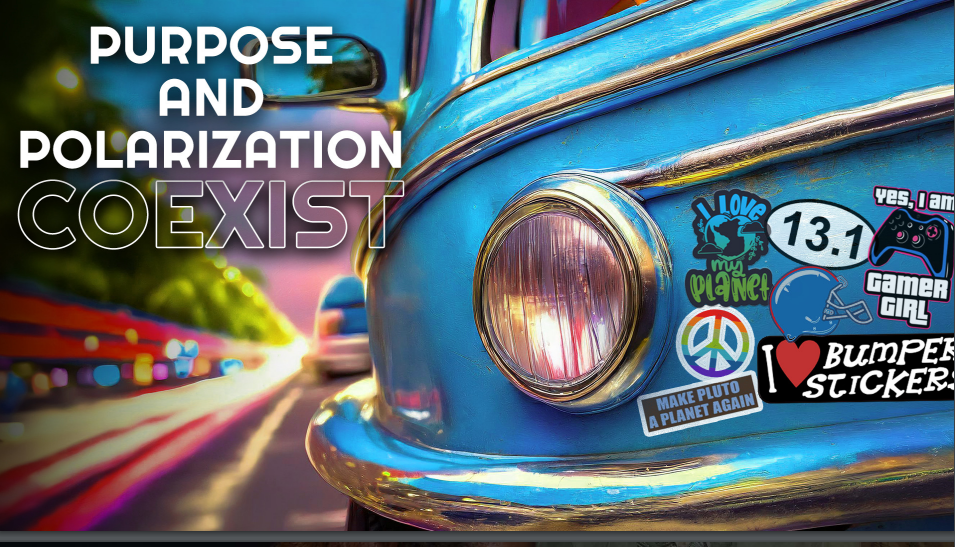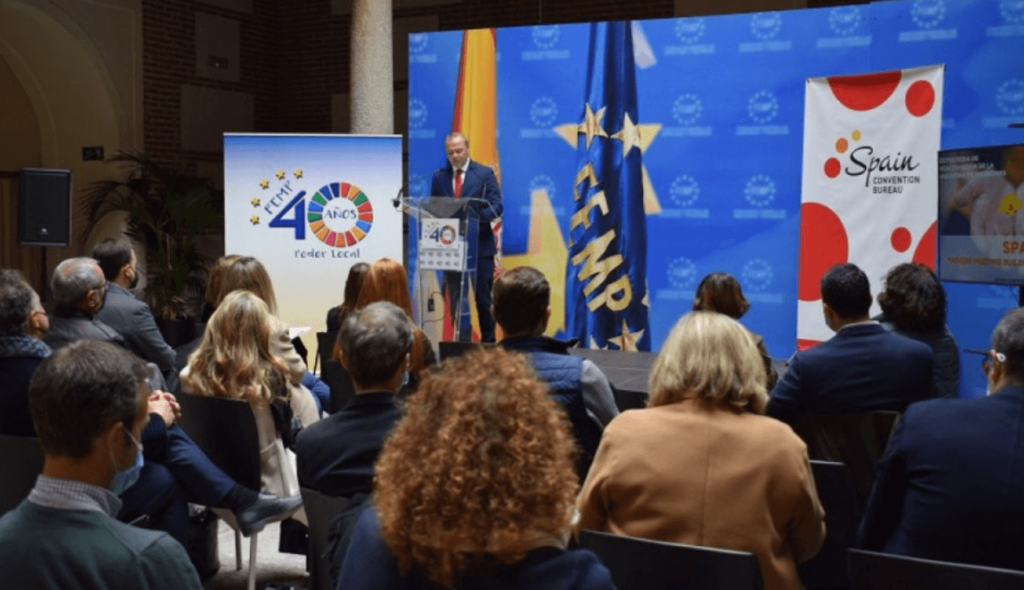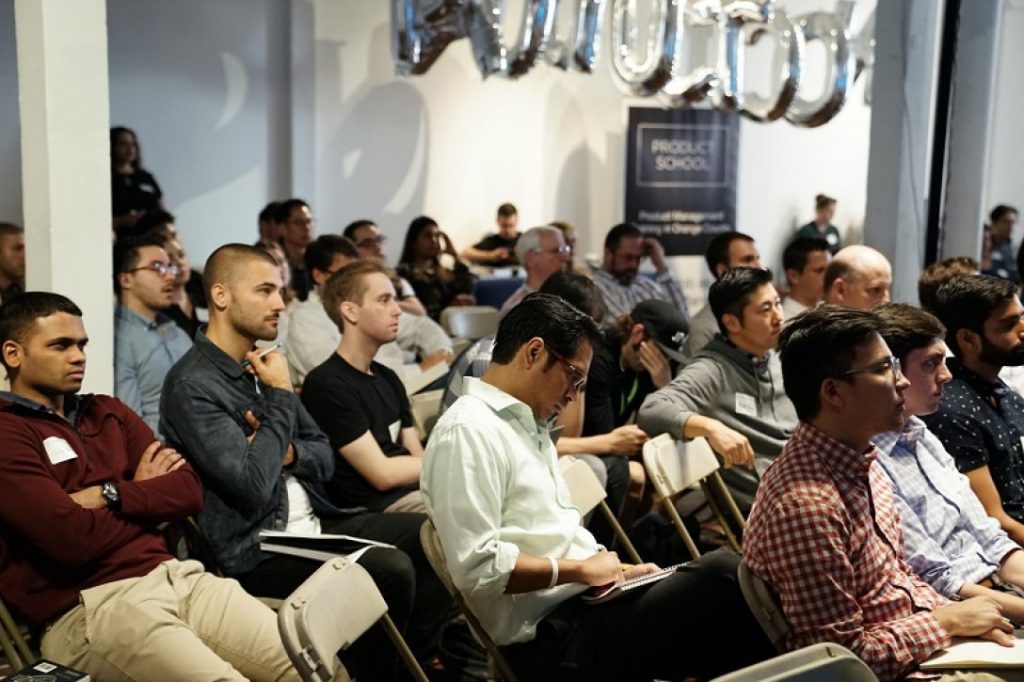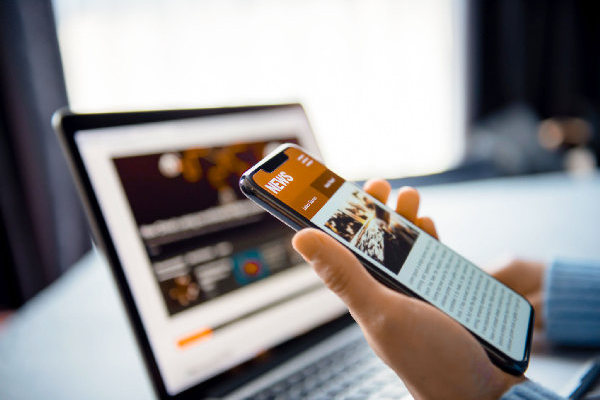To what activities should you dedicate the hours of your event
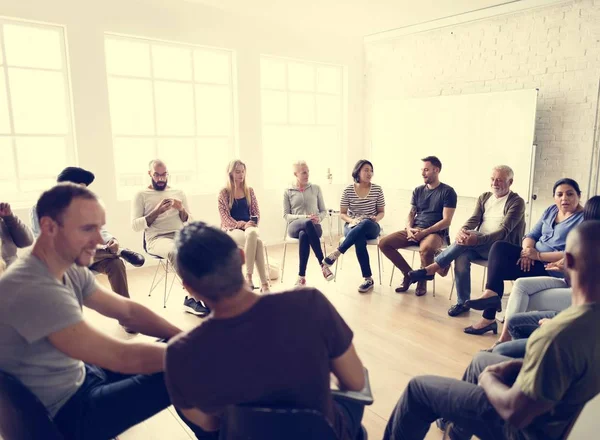
Share news
Listen
Mike van der Vijver and Eric de Groot are highly regarded meeting designs consultants and authors. It has been almost 10 years since they published the first comprehensive book on meeting design (when this science was still in its infancy) and very recently they have published another book, Meetings, by default or by design, which expands on their ideas in a very practical format, reviewing the different objectives and methods of meetings, and questioning the ways of working. We tell you about it here.
The latest study by Mike van der Vijver and Eric de Groot shows us how to organise our time better.
For the study ‘MindMeeting’s Book Launches And Research’ they investigated the predetermined time distribution of a prototype event (an 8-hour conference) and concluded what changes would need to be made to the timing.
One directional presentations take up 27.24% and should be reduced to 13.52%, i.e. 66 minutes less.
Time for exchanging opinions or group discussions occupies 19.12% and should rise to 23.84%, 23 minutes more.
Group work should increase from 14.79% of the time to 23.42%, i.e. 41 minutes more.
Relationship and networking moments have to be increased on average by 24 minutes, to 23.51%. In this other article we leave you with 8 tips for effective networking.
Logistics (as a room change) should be reduced by 16 minutes, from 11.64% to 8.34%.
And unprogrammed activities should be reduced by 7 minutes, to occupy only 8.34%.
To sum up, the ideal division of time should be, in order: group work (24%), moments of exchange of opinions and discussions (24%), moments of relationship and networking (24%), presentations (14%) and, finally, logistics and unscheduled activities (8%). In an 8-hour conference: 2 hours of group work, 2 hours of discussions and debates, 2 hours of networking and a maximum of 1 hour for presentations.
Other tips that we can read in the study…
It is also recommended to have experts in group dynamics, to share the most brainy information online to take advantage of face-to-face interaction, and something that really catches our attention: to design rules or a guide for mobile phone use. In eventoplus we already told you that Bob Dylan banned the use of mobile phones in his concerts, the intention is simple, to disconnect completely from technology to focus on being really present and live the whole experience.
Bob Dylan has enlisted the help of the company Yondr, which has developed bags to store mobile phones. Once stored, the bags are closed and magnetically sealed. This system was only demagnetised at the end of the event.


